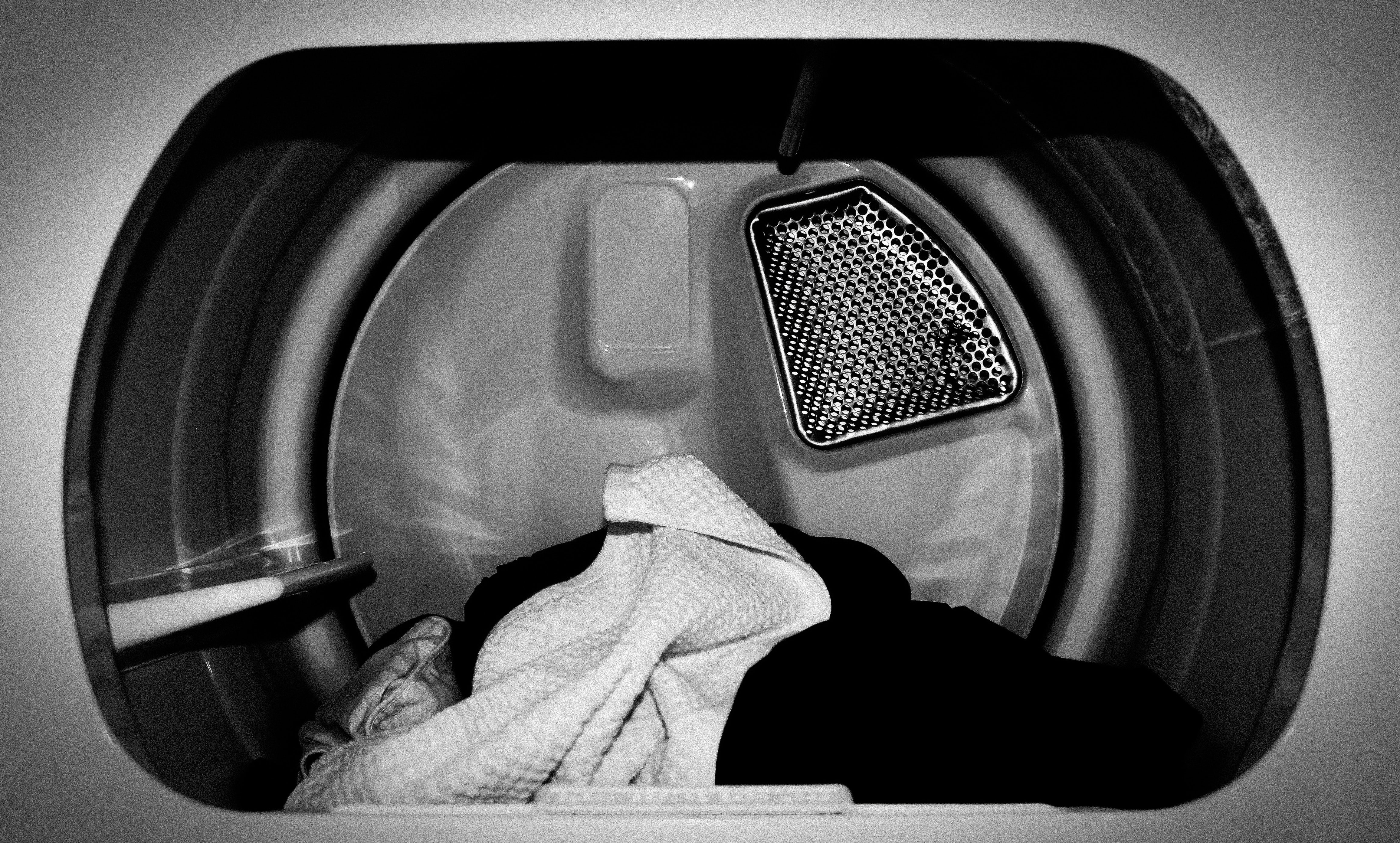
Your dryer vent is an essential piece of equipment, designed to transport moisture-laden air from the exhaust port on the back of your dryer, to the vent hood where it exits your house. By removing the moist air, it enables your dryer to continue functioning at maximum efficiency: without the vent, your dryer would take much longer to dry your clothes and eventually cease to work altogether. With this in mind, it is easy to see why keeping your dryer vent clean and free of obstructions, so that air may continue to pass through it freely, is so important. In today’s article, we are going to take a look at how you can achieve this aim by following a few simple recommendations. If you need any further vent cleaning advice, please do not hesitate to contact us during business hours.
5 Ways to Minimize Dryer Vent Issues Between Service Visits
It is important to have your vent cleaned by a professional at regular intervals, to ensure that it remains free of blockages. If you do not, the accumulation of lint in the vent hose over time will eventually pose a serious fire risk. Many people pay a dryer vent cleaning specialist to perform a thorough clean once a year but if you have a large family and use your dryer multiple times a week, it may be worth having your dryer vent cleaned at least once every six months. However frequently you have it professionally cleaned, the following tips will help you to keep your dryer vent working properly in-between visits from your local vent cleaning experts.
- Empty Lint Trap Regularly – By removing and cleaning your dryer’s lint trap or filter after every use, you can reduce the lint buildup in your vent by roughly 25%. If you neglect this important task, lint will accumulate more quickly in the vent and could eventually clog it completely, leading to the outbreak of a fire. All modern dryers have a lint filter/trap but if you are not sure where exactly the one in your machine is located, please refer to the user manual.
- Check the Vent Flap Every Now and Then – A sufficient build-up of lint may cause the flap at the end of your vent hose or duct to become stuck in the closed position. If it fails to open when your dryer is venting hot air, the buildup of lint will quickly get out of hand and your dryer's performance will suffer too: if it is unable to vent the moisture-laden air, it will not be able to dry your clothes efficiently. For these reasons, you should remember to check it every so often, in-between visits from your local dryer vent cleaning specialists.
- Check the Pockets of Your Pants and Shirts Before Laundering Them – Old chewing gum wrappers, receipts and anything else made of paper will disintegrate in the wash and empty out from your pockets into your dryer afterward. This extra debris can quickly clog the lint trap and lead to a rapid buildup of lint and waste paper in the vent duct or hose. It may also clog your washing machine so there are two very good reasons to carefully check all the pockets in your clothes before starting a new wash cycle.
- Install Hosing with Smooth Interior Walls – If you are currently using a flexible plastic vent hose that has ribbed interior walls, our vent cleaning experts recommend that you replace it with a rigid tube featuring smooth interior walls. Alternatively, if practical, you may wish to consider installing aluminum ducting that runs from the dryer exhaust port to the exterior wall. The reason for this recommendation is that hoses with ribbed interior walls are prone to trapping lint over time, becoming clogged more quickly and potentially leading to overheating issues and the possibility of fire. If you have to use a flexible hose, try to limit the twists and turns in it as these will also trap lint more easily.
- Limit the Length of Your Vent Hose or Ducting – The hot, moist air from your dryer is pushed out of the exhaust port by a relatively low-power fan. If your ducting or hose is overly long, the fan will be unable to vent the air effectively, which will lead to more lint accumulating in the vent hose. Our dryer vent cleaning team recommends keeping the hose or ducting to around 10 feet, or shorter if at all possible.
Follow all of these suggestions and you should be able to ensure that your dryer continues to operate efficiently until it is time for the next visit from your vent cleaning service providers.
Clogged Dryer Vent Warning Signs
If, despite your best efforts to slow the buildup of lint in your dryer vent, you notice any of the following warning signs, we urge you to call your local vent and air duct cleaning specialists without delay.
- The outside of your dryer becomes unusually hot.
- Your dryer starts taking longer to dry your laundry.
- You see lint on the ground outside your home, directly underneath the dryer vent exit.
- You notice a burning smell when using the dryer.
All of the above should be considered as serious warning signs, pointing to a severely clogged vent. By contacting your friendly dryer vent cleaning team immediately upon noticing any one of them, you will be able to resolve the problem before it starts a potentially dangerous fire in your home.
